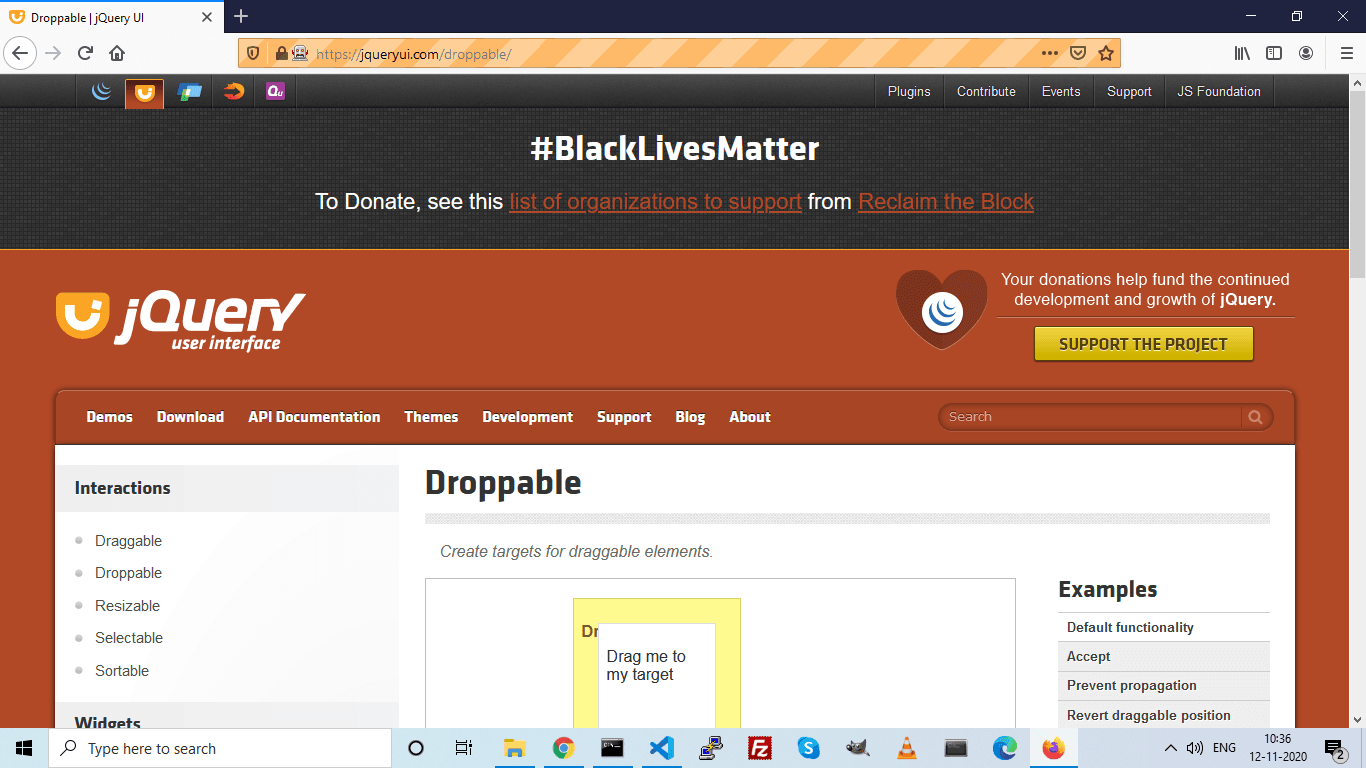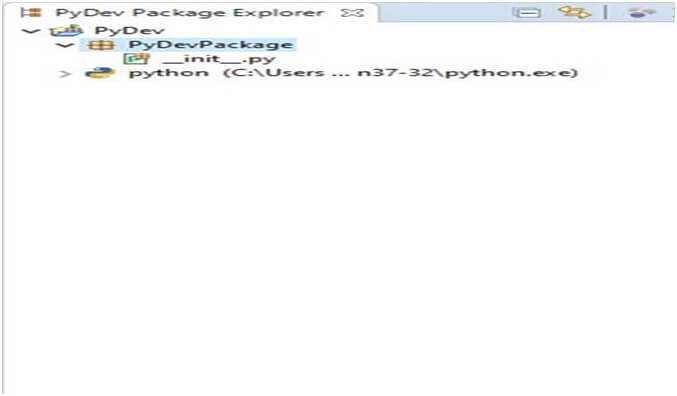

Now, create a sample selenium script in Python that fetches the title of a website. Your system is ready to run Selenium scripts written in Python. Installing Selenium and Webdriver Python Module on Ubuntu & DebianĮxample 1: Selenium Python Script with Headless Chrome Now use PIP to install the selenium and webdriver-manager Python modules under the virtual environment.

Once the environment is activated, You will find the updated prompt as shown below screenshot: Create Python Environment for Selenium on Ubuntu python3 -m venv venv source venv/bin/activate


Follow the below steps to create Python virtual environment and install the required python modules. We will use a virtual environment for running Python scripts. Step 2: Installing Selenium and Webdriver for Python This will also create an Apt PPA file for further upgrades. This will complete the Google Chrome on your Ubuntu or Debian system. Press ‘y’ for all the confirmations asked by the installer. Now, execute the following commands to install Google Chrome from the locally downloaded file.First of all, download the latest Gooogle Chrome Debian package on your system.Use the below steps to install the latest Google Chrome browser on Ubuntu and Debian systems. One of the examples also required a desktop environment to be installed. You must have Sudo privileged account access to the Ubuntu system. Also provides you with a few examples of Selenium scripts written in Python. In this blog post, you will learn to set up a Selenium environment on an Ubuntu system. In addition, Selenium has a large user community that provides support and help when needed. If 'chromedriver' in process.name() and process.pid not in pids and time() - process.This makes it possible to write tests in the language that you are most comfortable with. # Get this chromedriver PID so we can force-close it as needed You may need to close out of ALL chrome instances to continue') Raise Exception( 'Please close all windows for this bot before trying again. TokenUrl = parser.get(parsingDictionary, 'tokenurl') Msg = '%s\n\n%s' % (traceback.format_exc(),ĬustomerUrl = parser.get(parsingDictionary, 'customerurl') ndmail(mail, mail.split( ','), mail.as_string()) With contextlib.closing(smtplib.SMTP( 'localhost')) as smtp: Mail.attach(MIMEText(email_html, 'html')) Mail.attach(MIMEText(email_text, 'plain')) Mail = 'Flight Scraper Results for %s' % fmt_time(now) With open(cfg.outdir / 'results.pickle', 'w') as f: pickle.dump(raw_res, f, 2) If not cfg.debug: os.environ = ':%s' % displayĮmail_text, email_html, raw_res = script(wd, cfg) # find unused display note TOCTTOU for display in itr.count():


 0 kommentar(er)
0 kommentar(er)
